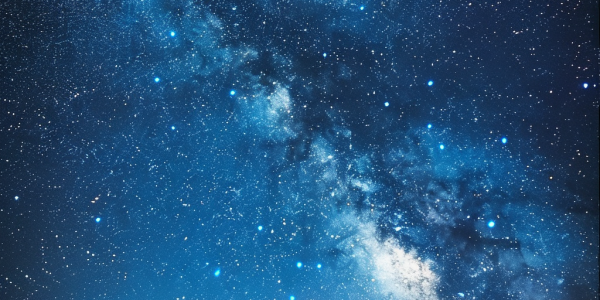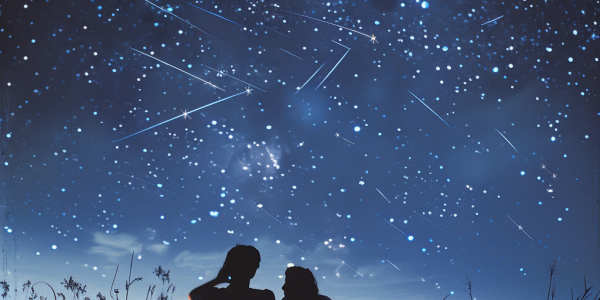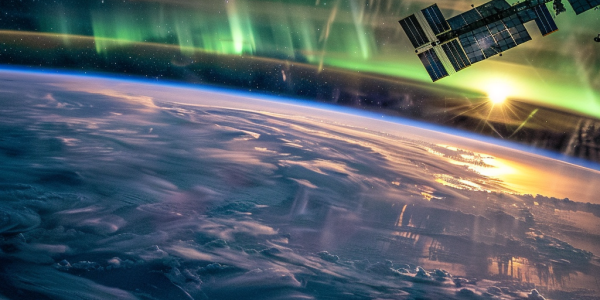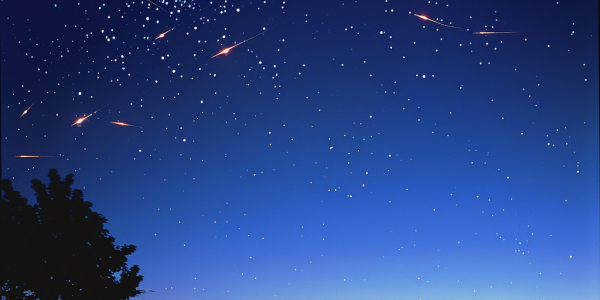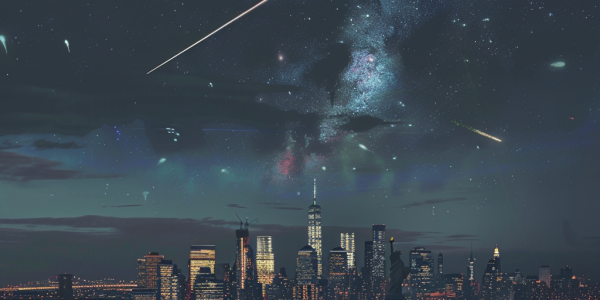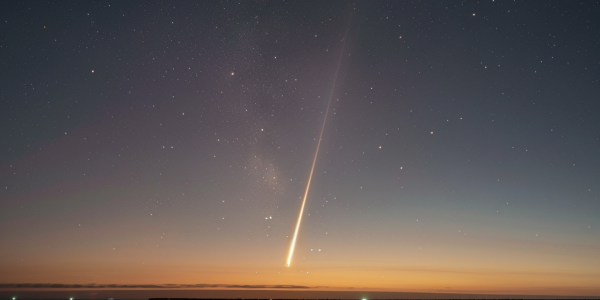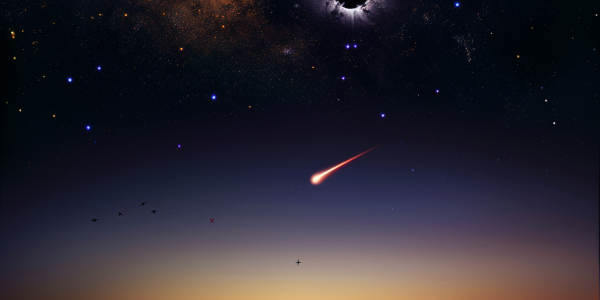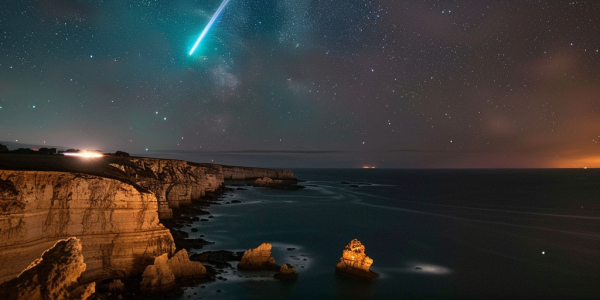Peak Meteor Showers: Southern Delta Aquarids, Alpha Capricornids, and Perseids Light Up the Night Sky
This week, stargazers can enjoy the peak of the Southern Delta Aquarids and Alpha Capricornids meteor showers, with the Perseids also approaching their mid-August peak. Ideal for both seasoned astronomers and casual observers, this meteor season offers spectacular celestial displays. Discover tips for optimal viewing and make the most of this exciting time for meteor watching.
Delta Aquariids Meteor Shower Set to Dazzle UK Stargazers
The Delta Aquariids meteor shower is set to peak in the UK, offering stargazers a chance to witness 15 to 20 shooting stars per hour. Best viewed just after midnight, this celestial event is linked to the sungrazing comet 96P/Machholz. For optimal viewing, escape city lights and find a dark location to enjoy this spectacular display in the constellation Aquarius.
NASA Astronaut Captures Stunning Time-Lapse of Aurora from ISS
NASA astronaut Matthew Dominick, commander of the SpaceX Crew-8 mission, shares a breathtaking time-lapse video from the International Space Station, showcasing stunning auroras and a meteor streaking across the night sky. With no formal photography training, Dominick captures remarkable images from space, including the Crew Dragon capsule and a crescent moon rising through noctilucent clouds. These visuals highlight the beauty of Earth from above and the inspiring journey of space exploration.
Triple Meteor Shower Spectacle Awaits Stargazers This Week
This summer, stargazers can enjoy a spectacular convergence of three meteor showers: the Southern Delta Aquariids, Alpha Capricornids, and Perseids. Peak visibility for the Southern Delta Aquariids occurs from July 29-30, featuring up to 20 shooting stars per hour. The Alpha Capricornids peak on July 30-31, known for their bright fireballs. The Perseids, running from July 14 to September 1, will peak around August 11-12. With clear skies and minimal light pollution, it’s the perfect time to witness these celestial events.
Meteor Streaks Across Manhattan Skyline
New York City witnesses a rare cosmic event as a meteor streaks across the Manhattan skyline, captivating residents. Despite the celestial spectacle, Midtown Manhattan remains nonchalant while other boroughs and New Jersey report loud booms and fireball sightings. The meteor’s presence adds to a series of remarkable events in the city, serving as a reminder of nature’s unpredictability and the wonders of the universe.
Photographing the Perseid Meteor Shower: Tips for Capturing the Celestial Event
Capture the beauty of the Perseid meteor shower with these photography tips. Find a dark, open location away from light pollution for optimal viewing. Venture out between midnight and dawn for the best visibility, with the peak expected around August 12-13, 2024. Use a camera with manual mode and wide-angle lens, tripod, shutter release cable, and headlamp for successful shots. Aim towards the constellation of Perseus for the best vantage point to witness this celestial event.
SpaceX Launches Mysterious Object Resembling a Comet
SpaceX launches spacecraft mistaken for comet or meteor, deploying 20 Starlink satellites into orbit. Enthusiastic stargazers share photos and videos, sparking UFO speculation. View the launch on SpaceX’s website and witness the advancements in space exploration.
2024 Promises Exciting Year for Skywatchers with Celestial Events
The year 2024 promises exciting celestial events for skywatchers, including a total solar eclipse on April 8 and the annual Perseids meteor shower in August. From planetary alignments to meteor showers, astronomy enthusiasts can look forward to a year full of awe-inspiring moments. Find out how to prepare for these events and make the most of your stargazing opportunities with Stacker’s guide.
Residents urged to search for meteorite fragments in Staffordshire
Residents of Staffordshire are on the lookout for meteorite fragments after a bright fireball was spotted over the Midlands. The UK Fireball Alliance suspects a meteorite may have landed near Blythe Bridge and Uttoxeter. Scientists warn against touching any rocks found and describe the meteorite as around 500g, black or brown, and 5-10cm wide. Despite searches, the meteorite remains elusive. The community is encouraged to report any findings to UKFAll or the Natural History Museum.
Viral Video of Meteorite Crossing Skies of Portugal and Spain
A viral video of a meteorite crossing the skies of Portugal and Spain has captivated the internet, leaving social media users in awe. Despite no official confirmation, the footage has sparked a wave of reactions online, highlighting the fascination with the wonders of the universe.

